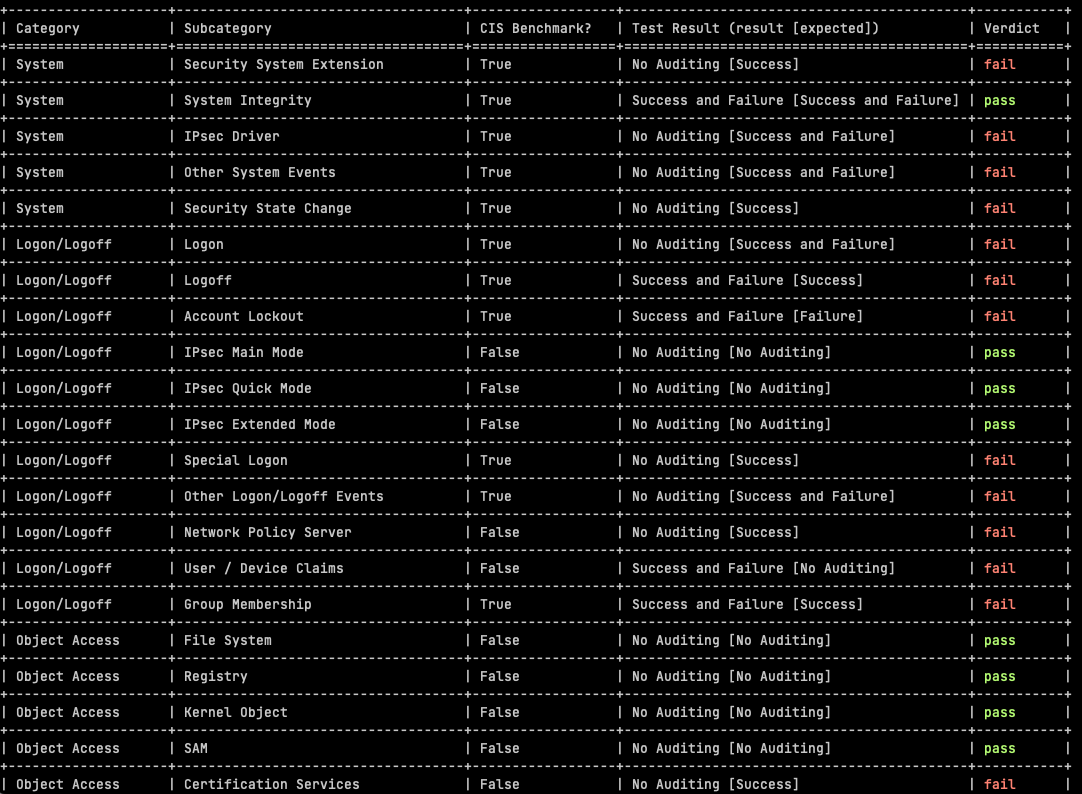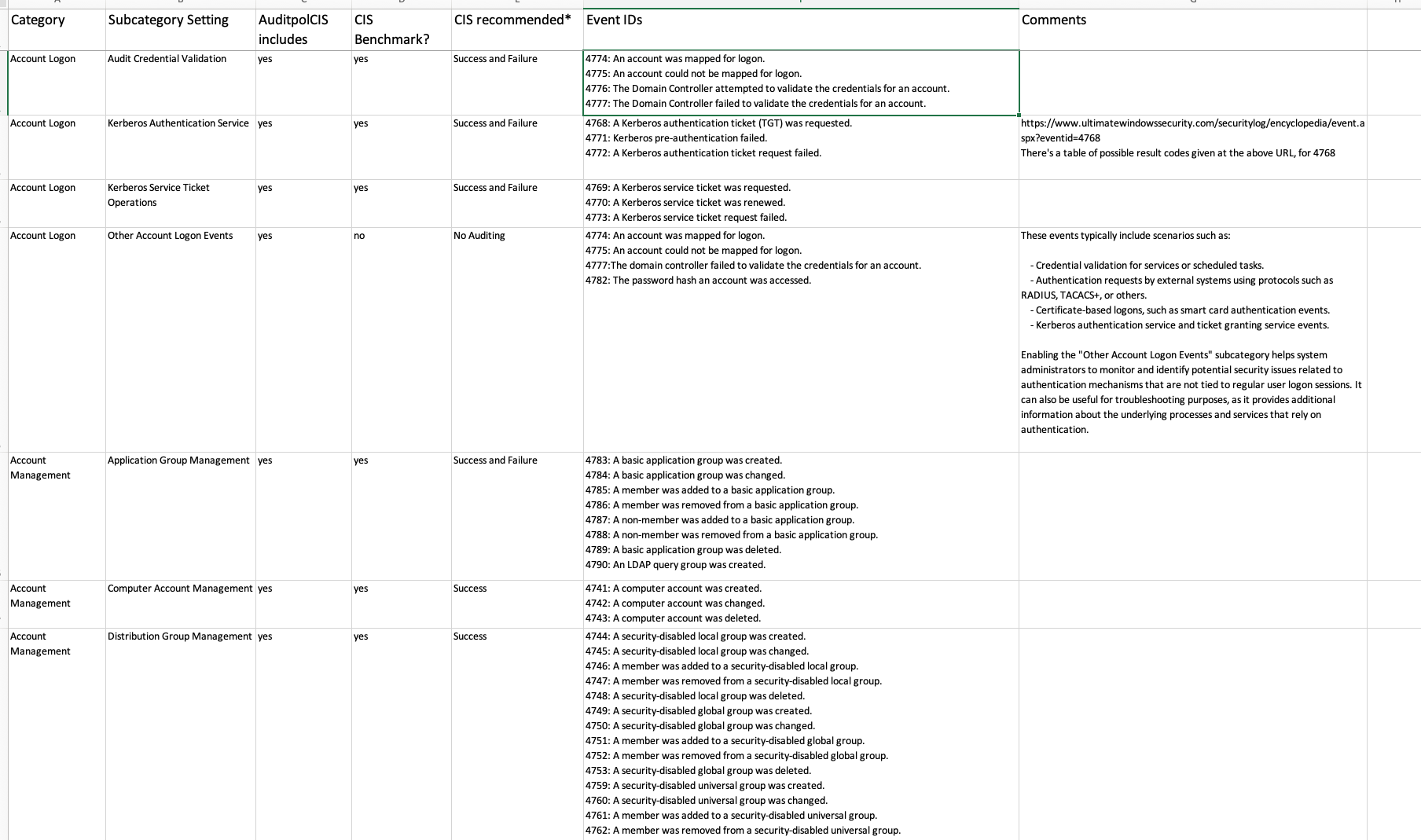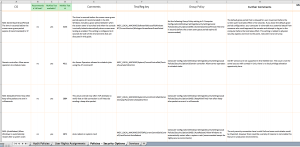Like the catchy title?
Anyway – here’s a few cheeky scripts for testing a handful (for now) of aspects of the CIS Benchmarks 2.0 for Azure. You have to populate the subscriptions.txt file for each.
Each subdirectory under the repository root corrresponds with a CIS Benchmark reference for Azure 2.0:
- 1.4, 1.5 – Review Guest Users – script list the Guest users configured in Entra
- 1.23 – Ensure That No Custom Subscription Administrator Roles Exist
- 3.1 – Ensure that ‘Secure transfer required’ is set to ‘Enabled’ [Storage Accounts]
- 3.2 – Ensure that ‘Enable Infrastructure Encryption’ for Each Storage Account in Azure Storage is Set to ‘enabled’
- 3.7 – Ensure that ‘Public access level’ is disabled for storage accounts with blob containers
- 3.10 – Ensure Private Endpoints are used to access Storage Accounts
- 3.11 – Ensure Soft Delete is Enabled for Azure Containers and Blob Storage
- 3.12 – Ensure Storage for Critical Data are Encrypted with Customer Managed Keys
- 3.15 – Ensure the “Minimum TLS version” for storage accounts is set to “Version 1.2”
- 5.1.3 – Ensure the Storage Container Storing the Activity Logs is not Publicly Accessible
- 5.1.6 – Ensure that Network Security Group Flow logs are captured and sent to Log Analytics
- 6.5 – Ensure that Network Security Group Flow Log retention period is ‘greater than 90 days’
- 6.7 – Ensure that Public IP addresses are Evaluated on a Periodic Basis (lists the addresses)
- 7.4 – Ensure that ‘Unattached disks’ are encrypted with ‘Customer Managed Key’ (CMK) (lists unattached disks)
- 8.2 – Ensure that the Expiration Date is set for all Keys in Non-RBAC Key Vaults (usually all key vaults will be RBAC enabled, making this control non-applicable. One script lists the RBAC and non-RBAC Key Vaults, then there’s an untested script for listing the non-expiring keys)
- 8.3 – Ensure that the Expiration Date is set for all Secrets in RBAC Key Vaults. The script is untested because of a lack of access to a test key vault(s).
- 8.4 – Ensure that the Expiration Date is set for all Secrets in Non-RBAC Key Vaults (usually all key vaults will be RBAC enabled, making this control non-applicable. One script lists the RBAC and non-RBAC Key Vaults, then there’s an untested script for listing the non-expiring secrets)
- 10.1 – Ensure that Resource Locks are set for Mission-Critical Azure Resources
Some of the cli scripts offered by CIS in their Azure benchmark don’t work – Azure changes faster than the benchmarks after all. The above were tried and tested in a real live environment (no, those are not the subscription IDs listed in the subscriptions.txt files!!). 5.1.6 is an example. The ‘nsg’ parameter was made obsolete. Technically the script will run with a warning if the ‘nsg’ parameter is used, but anyway I have done as suggested and used the ‘–location and –name combination’ in the az network watcher command instead.
There will be more to come! Watch this space.




